The people at DoctorVet believe that science is essential for demonstrating the benefits of laser therapy. This blog entry offers a summary of the article published in 2014 by Dr. Martignago et al entitled “Effect of low-level laser therapy on the gene expression of collagen and vascular endothelial growth factor in a culture of fibroblast cells in mice”.
The study sought to observe the effects of laser therapy on the expression of collagen genes type I alpha 1 (COL1α1) and vascular endothelial growth factor in the fibroblast cells of mice (L929) cultivated in vitro using different doses but the same wavelength. The fibroblast cells were irradiated with a Gallium-Arsenide laser with a wavelength of 904 nm every 24 hours for two consecutive days.
The cell cultures were divided into three groups:
The cells irradiated in G2 exhibited a greater expression of the COL1α1 gene in comparison with G1 and G2. As for the VEGF gene, an increase in expression was observed in G2 and G3 in comparison with G1.

At a clinical level, laser therapy is known to reduce pain and inflammation, as well as to boost tissue repair. Many of the studies conducted on laser therapy are aimed at better understanding the wound healing process, its complexity and the mechanisms involved. Numerous studies demonstrate the importance of a large number of proteins involved in the cellular proliferation that takes place, including collagen type I and vascular endothelial growth factor (VEGF).

This study has been accepted by the Ethics Committee using fibroblast cells taken from the connective tissue of mice, keeping these cell cultures in a specific CO2 atmosphere at a temperature of 37ºC.
The equipment used is a Gallium-Arsenide laser with a wavelength of 904nm, a frequency of 10 KHz, a power level of 50 mW, a pulse duration of 100 nm, a peak power of 50W and a work cycle of 0.1%.
The cell cultures were divided into three groups: G1 (control group, no treatment); G2 (laser irradiated with a dose of 2 J/cm2); G3 (laser irradiated with a dose of 3 J/cm2).
The cells received laser therapy every 24 hours for two consecutive days, applied through direct contact with the plate.
Analysis of the results showed a significant difference in the levels of COL1α1 in G2 when compared with G1. No differences were observed in the study between G1 and G3 with regard to expression of this gene.
In contrast, an important difference in the VEGF expression was observed in G2 and G3 when compared with the control group (G1). A slightly higher level was detected in G3 than in G2.
The authors of the article conduct an interesting bibliographic review by comparing other articles that value the aforementioned parameters. Furthermore, they consider the use of different wavelengths and different cell cultures. Many of the referenced articles show similar results in the expression of COL1α1 and VEGF.
A number of the references show that a reduction in the expression of collagen type I occurs at larger doses.
The authors conclude that, under the parameters used in the study, laser therapy shows stimulation in the expression of the genes for COL1α1 and VEGF in a cell culture of fibroblast cells from mice at a dose of 2J/cm2.
Seeing is believing!
Book a demo now to learn how DoctorVet works!
In vitro studies are necessary to better understand what occurs at a cellular level in the interaction between photons and cells, and what happens in laser therapy. The reactions that occur require better in vivo studies in order to enhance and improve the parameters of laser therapy.
In this case, important parameters for the wound healing process are studied by assessing certain laser therapy parameters. The study mentioned above compares two doses, demonstrating the importance of correct dosage. A dose that is too low will not produce the photobiomodulation effect, while a dose that is too high can inhibit the healing process.

Via dell’Impresa, 1
36040 Brendola (VI)
VAT 02558810244
C.R. VI 240226
© Copyright 2016-2021 LAMBDA S.p.A. | Privacy Policy